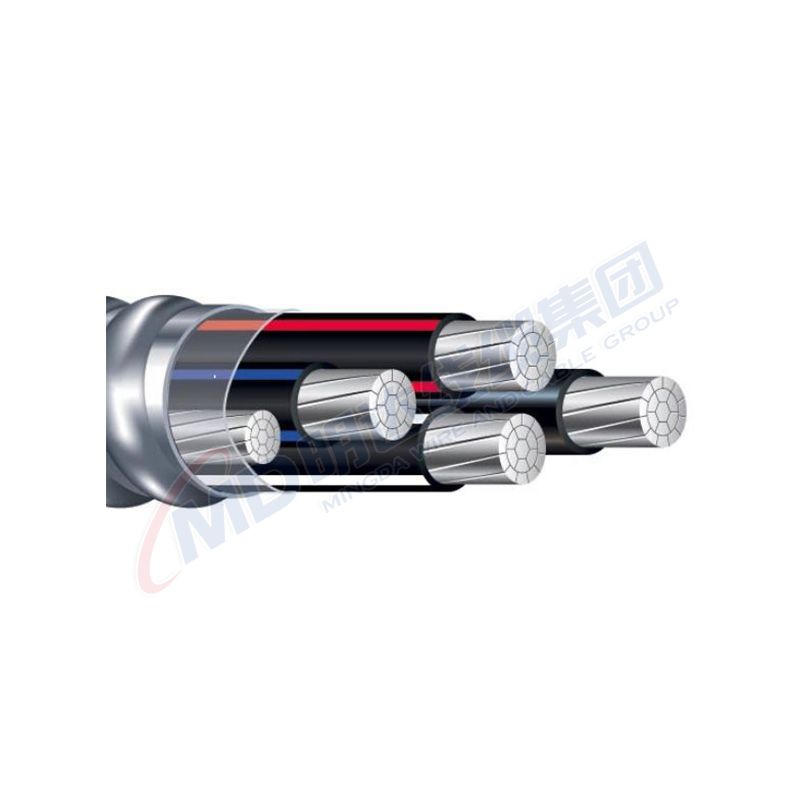10 月 . 04, 2024 17:28 Back to list
ball valve
Understanding the Basics of Ball Valves
Ball valves are an essential component in various industrial and residential applications, providing a reliable means of controlling the flow of liquids and gases. Their simple design and durability make them a popular choice among engineers and maintenance professionals alike.
The working mechanism of a ball valve revolves around a spherical disc, or ball, that features a hole through its center. This ball is mounted within a valve body and can rotate from an open position, allowing fluid to flow, to a closed position, blocking the passage. When the valve is opened, the fluid can flow through the hole in the ball, and when it is closed, the solid surface of the ball seals against the valve seat.
One of the most significant advantages of ball valves is their ability to provide a tight seal, which minimizes leakage. This characteristic is crucial in applications where safety and efficiency are paramount, such as in the oil and natural gas industries. The sealing capability of a ball valve is achieved by the high precision of its manufacturing and the compressive force applied to the ball against the valve seat.
ball valve

Ball valves are available in various designs, including two-way, three-way, and multi-port configurations. Two-way ball valves are the most common, used for on/off control of a single flow path. Three-way ball valves can control the flow in multiple directions, allowing for more complex flow paths and mixing of fluids. Multi-port valves increase the versatility further, enabling multiple outlets or inlets in a single valve.
When choosing a ball valve, several factors should be considered, including the valve’s size, pressure rating, and material composition. Common materials for ball valves include brass, stainless steel, plastic, and bronze, each offering specific advantages depending on the application. For instance, stainless steel ball valves are corrosion-resistant and suitable for harsh environments, while plastic valves might be appropriate for chemical processing due to their non-reactive properties.
Installation and maintenance of ball valves are relatively straightforward compared to other valves. Regular inspection is recommended to ensure optimal performance. Checking for wear, corrosion, or damage can help prevent leaks or system failures. A crucial aspect of maintaining a ball valve is ensuring the valve operates smoothly. Lubricating the stem and ensuring that it is free from debris can enhance the valve’s longevity.
In conclusion, ball valves are indispensable in various applications due to their efficiency, durability, and ease of use. Their role in controlling the flow of different substances ensures operational efficiency in many industries. By understanding their design, advantages, and maintenance needs, users can make informed decisions that enhance system reliability and safety. Whether in a manufacturing plant or a residential plumbing system, ball valves remain a critical element in fluid management.
Share
-
Understanding the Differences Between Wafer Type Butterfly Valve and Lugged Butterfly ValveNewsOct.25,2024
-
The Efficiency of Wafer Type Butterfly Valve and Lugged Butterfly ValveNewsOct.25,2024
-
The Ultimate Guide to Industrial Swing Check Valve: Performance, Installation, and MaintenanceNewsOct.25,2024
-
Superior Performance with Industrial Swing Check Valve: The Essential Valve for Any SystemNewsOct.25,2024
-
Industrial Swing Check Valve: The Ideal Solution for Flow ControlNewsOct.25,2024
-
You Need to Know About Industrial Swing Check Valve: Functionality, Scope, and PerformanceNewsOct.25,2024